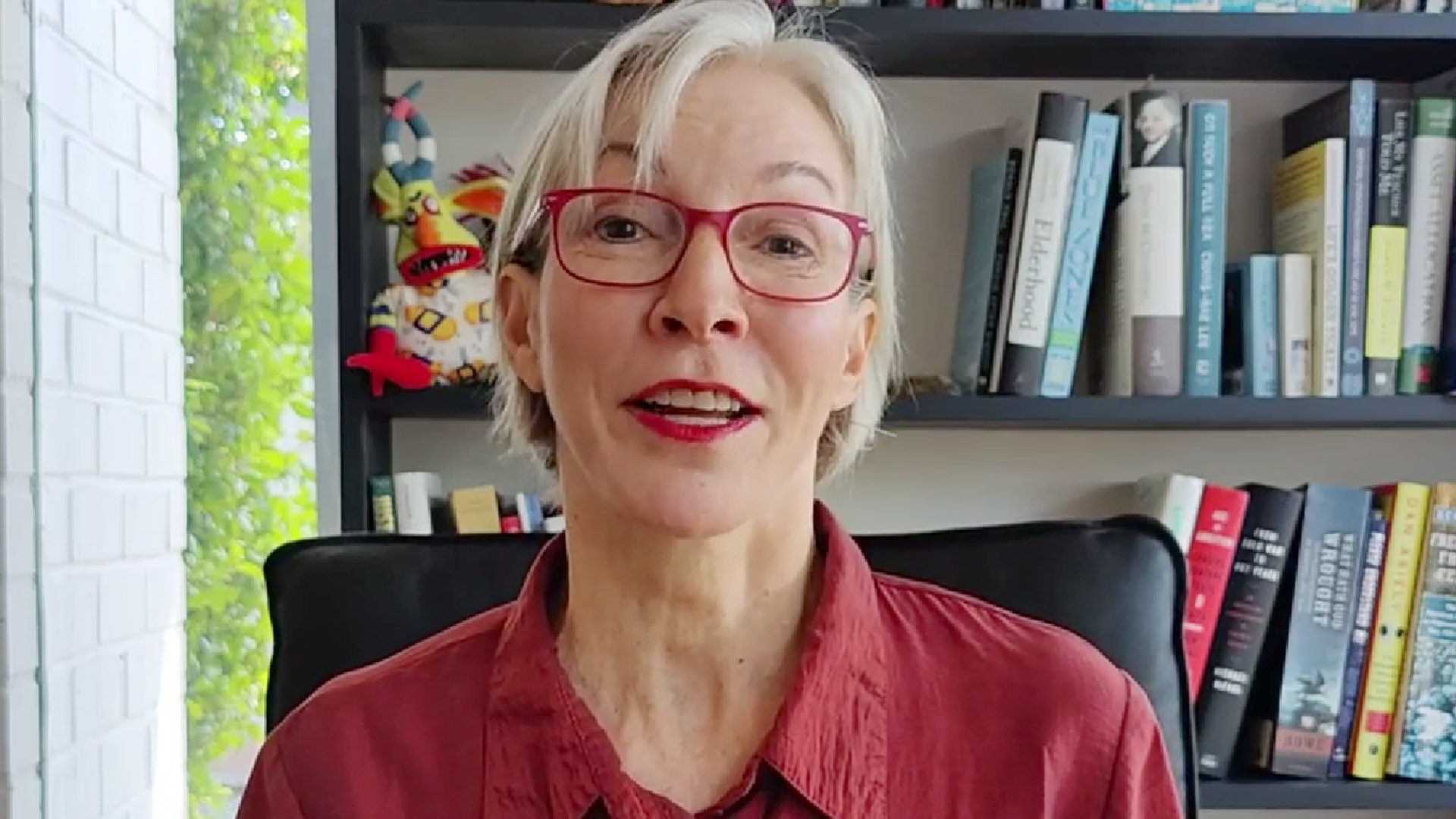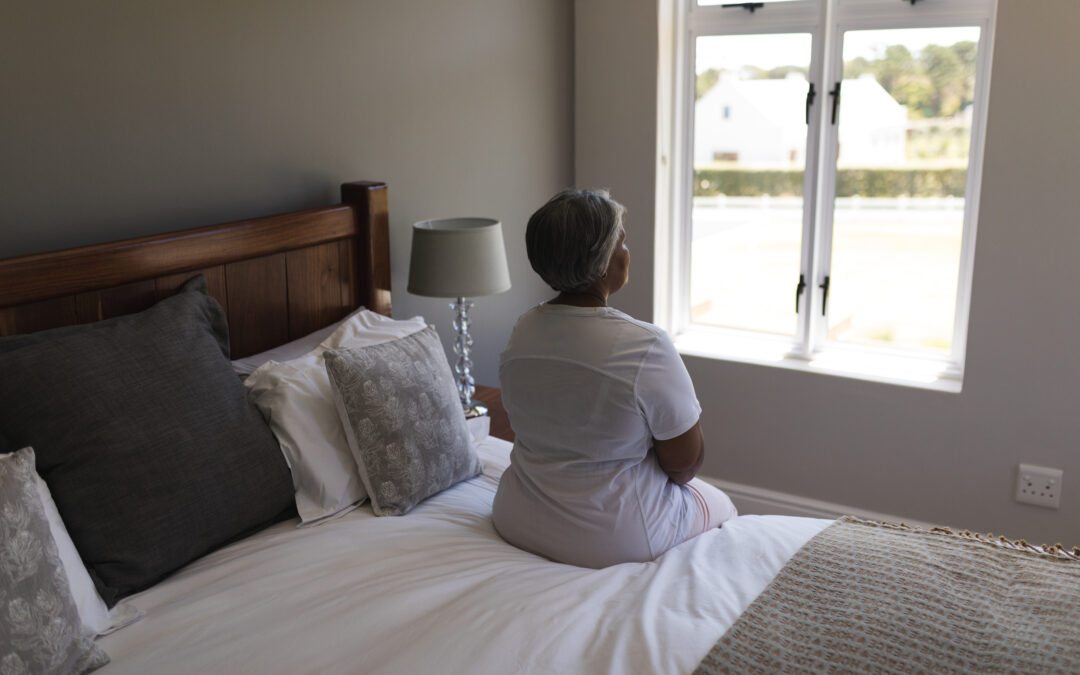Special feature from Dr Liz, a board-certified geriatrician who’s also worked as a hospice medical director: In the following sections, she’ll discuss hospice (the “elephant in the room”) and the need for it in eldercare. Because this post is longer than usual, you can click a section in the table-of-contents below and ‘snap’ to that section.
- When to Start Thinking About Hospice?
- What Are the Indications for Someone With Dementia for Hospice?
- Will Hospice End up Killing Your Elder?
- What Is the Role of Hospice in the Case of Severe Pain in Dementia Care?
- Do Cannabis, CBD or Marinol Actually Work?
- Can an Elder ‘Graduate’ From Hospice?
- How Does Medicare Help?
- When Is Hospice Too Soon?
When to Start Thinking About Hospice?
If someone is walking, engaging, and generally doing well, we don’t think about hospice.
If someone has cancer with a tumor of a certain size, and people with that size tumor often only live six months or so, that’s when you think about enrolling someone in hospice.
Decades ago, when hospice was started, it was mainly for people with cancer. It’s gotten more complicated as it’s moved into the general public for conditions like heart failure, emphysema and dementia. Elders with chronic health conditions are in and out of the emergency room and can’t do as much at home. They have special needs like oxygen requirements and don’t have as many good days. That’s when you want to think about hospice. When considering it, just look at your loved one and ask yourself:
- Does this make sense?
- Are they engaged in life?
- How often do they go to the emergency room?
- How well are they functioning?
- How well are they eating?
What Are the Indications for Someone With Dementia for Hospice?
Indications that someone with dementia should be considered for hospice include:
- Reduced oral intake (not eating much)
- A severe decline in physical and mental function
- Sedation
It’s really important to make sure that the above issues in elders with dementia are not caused by medications. Check out www.elderconsult.com/medications to have a look at a list of common psychoactive medications, and their most common side effects.
Will Hospice End up Killing Your Elder?
It’s not uncommon for people to think things like, “Well, if you put them on hospice, they’re just going to kill them,” or “Morphine is going to kill them.”
It’s not uncommon for agitated elders to become too sleepy after receiving sedatives. Elders should not be too sedated during the day, unless they’re in severe pain. Giving them only pain meds can keep them comfortable.
The American Psychiatric Association suggests treating pain first and stopping any medications that can make the elder too sedated or agitated. Once you’ve treated their pain, engage with them so they enjoy their activities as much as possible.
Tip: While in the hospice, take care of all their needs including repositioning them so they don’t get bed sores, and make sure they don’t get constipated.
What Is the Role of Hospice in the Case of Severe Pain in Dementia Care?
If an elder has severe pain, we need to treat that. There are a few options that can be tried in a stepwise fashion:
- Start with long-acting Tylenol 650: One at breakfast, one at dinner; give them that every day. Most elders can take it except for people who are not eating, drinking, or people who have liver disease.
- Gabapentin is a cheap drug and can help with nerve and musculoskeletal pain. Orthopedists use it a lot to treat joint problems when they don’t want to use narcotics. Start with a low dose, as some people may get confused. Rarely, it can cause edema and sedation.
- If that’s not enough, try half of a Norco (hydrocodone) a couple of times a day, before going to five milligrams of Morphine. Try morphine when other approaches like physical therapy and positioning have failed to resolve the pain. It’s short-acting, so if it’s really serious pain, you need to think of long-term pain meds.
Do Cannabis, CBD or Marinol Actually Work?
They’re simply different ‘tools.’ Sometimes they’re helpful and sometimes they’re not. Frail elders, like the little 90-year-old woman who’s anxious, not sleeping or eating, will often do better with a few CBD drops. CBD can help patients:
- Tolerate chemotherapy better
- Take the ‘edge’ off pain
- Improve discomfort
- Increase appetite
Possible problems with the use of CBD include:
- Increase of paranoia and delusion, especially in dementia patients
- It can be quite expensive — nearly $200-300 per month
- It’s not covered by insurance
Caution: You should be careful with Marinol, cannabis, or cannabis edibles; and these days, no one should be smoking anything because of COVID.
Can an elder graduate from hospice?
A hospice resident needs to be evaluated at 90 days, and then at 60 days. After that, if they stabilize, the rules are they have to come off hospice. However, if they decline again, they can get back on hospice. So maintain a relationship with your hospice providers.
How Does Medicare Help?
Hospice under Medicare is required to provide all the equipment you need for a terminal diagnosis. Hospice won’t pay or provide for other medical problems — for example, if you have heart disease, diabetes or have to go to a dermatologist; it’s Medicare that pays for that. But hospice pays for the supplies and the support that you need for a terminal diagnosis.
Example:
A woman who was over 300 pounds; she needed a special bed. The hospice declined to take her and asked her to buy her bed and then come back. However, Medicare disagreed, and hospice needed to get her the bed.
Hospice should provide a physical therapist if you need help transferring or positioning in a wheelchair. They also should provide a nurse, night or day, if the patient has symptoms that require a nurse’s care.
Example:
An elder woman had an unusual bout of bad abdominal pain, and her family was told she’d be given Tylenol and some morphine. She also had acute diverticulitis. The family didn’t want her to die from that, so she was taken off hospice and sent to a hospital. The takeaway? You should expect that a nurse will be there to support you, and refer you to the hospital when needed; good hospices will do that.
When is Hospice Too Soon?
There are a few things to keep in mind. First, get a second opinion! Some doctors may push elders into hospice too quickly.
Example:
An elder with moderate dementia still enjoys her dementia community; she has pneumonia, but mainly because she’s on sedating meds that make her too sedated. The doctor has said, “This is the second case of pneumonia in six months. She should be on hospice. We should just do comfort care.”
It’s always better to get a second opinion.
Second, decide on the level of treatment / intervention. Even if someone is in hospice, you can decide the level of intervention or treatment. Comfort care sounds nice, but that means that they get nothing. No treatment with antibiotics if they get pneumonia or a bladder infection, they only get pain meds. For some people, that’s appropriate if they’re not enjoying their life at all. If they have no quality of life, then it’s probably time for comfort care.
Example:
A man says “I just want to go home, I want to be doing bingo.” Is it appropriate to stop his antibiotics and only give him morphine? Luckily, his daughters, who are nurses, challenged that. They ended up finishing treating him with oral antibiotics, and he did well for another nine or ten months.
It’s important to have a discussion and decide on the level of treatment / intervention needed.

Dr Liz has over 20 years of experience as a geriatrician. She is board-certified in internal medicine, geriatric medicine, and palliative care medicine. Dr Liz founded Dr Liz Geriatrics to address the challenging medical and behavioral issues often facing older patients and their families.

